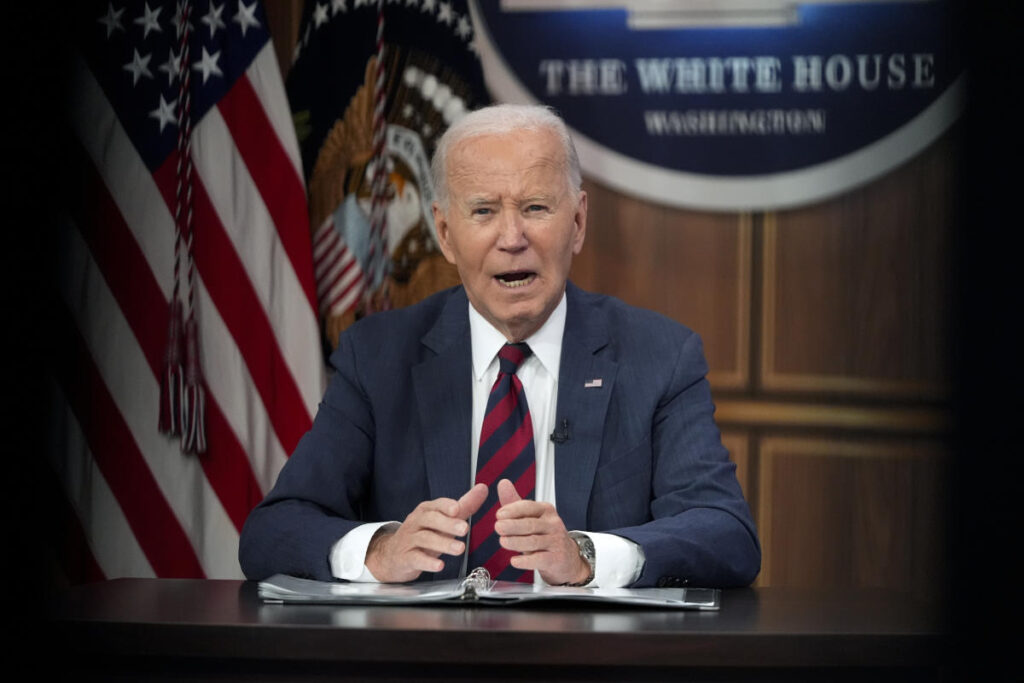During President Joe Biden’s administration, there has been a notable increase in the number of petitions filed by workers seeking union representation, with data from the National Labor Relations Board indicating a rise from 1,638 petitions in 2021 to 3,286 in fiscal 2024. This marks a significant turnaround in union activity, representing the first uptick in such petitions during a presidential term since Gerald Ford’s tenure nearly five decades ago. In stark contrast, during Donald Trump’s presidency, there was a 22% decline in the number of union petitions, highlighting a stark shift in labor dynamics associated with differing administrative priorities and policies.
Biden attributed this resurgence in labor organizing to his administration’s focus on supporting workers, stating that his efforts contrast sharply with those of the previous administration, which he claimed prioritized large corporations at the expense of ordinary workers. The President cited various actions taken by his administration aimed at empowering labor, including the promotion of overtime pay protections and measures designed to facilitate the organization of workers. Biden’s statement underscored his belief that a thriving labor movement benefits not just workers but the broader economy as well. This reflects a broader Democratic commitment to labor issues as a key part of their platform in the lead-up to the upcoming election.
Vice President Kamala Harris, who is counting on union support to mobilize voters for the election, is also poised to amplify the messaging surrounding labor rights in her campaign. Union sentiment remains critical, especially in crucial battleground states like Pennsylvania, Michigan, and Wisconsin, where the outcome of the election could hinge on unionized voters. Despite this Democratic alignment with labor issues, Trump’s appeal among some blue-collar workers, particularly due to his stance on tariffs against foreign imports, has complicated the landscape. Many workers in these demographics weigh economic concerns against traditional party loyalties.
The changing dynamics within labor unions have not just been confined to organizing efforts; workers are increasingly empowered and willing to report perceived unfair labor practices. Recent statistics from the National Labor Relations Board revealed a record number of cases—24,578—reported to field offices in the last fiscal year, the highest level observed in over a decade. This empowerment among workers suggests a growing willingness to engage with and challenge employer practices, demonstrating an evolution in labor relations that aligns with the broader trends of increased activism witnessed in recent years.
Significantly, the proportion of voters from union households in the 2020 election was only 16%, with Biden securing a majority of this demographic at 56%, compared to Trump’s 42%. This electoral landscape indicates that while union members historically lean towards Democratic candidates, the margin of support from these households could be pivotal in deciding the outcomes of closely contested races in key states during the forthcoming elections. Thus, both parties are paying special attention to labor issues as a vital aspect of their electoral strategy.
Ultimately, the increase in union petitions and the heightened interest in workers’ rights reflect a transformative period in labor relations in the U.S., driven by political, economic, and social shifts. The Biden administration’s emphasis on labor support contrasts sharply with the preceding administration’s policies and rhetoric, creating a clear line of delineation that voters, particularly those from union backgrounds, will need to consider in the upcoming elections. With carefully curated strategies, both the Democratic and Republican parties will navigate this evolving labor landscape as they seek to mobilize voter turnout and influence the electoral outcomes in critical battleground states.

